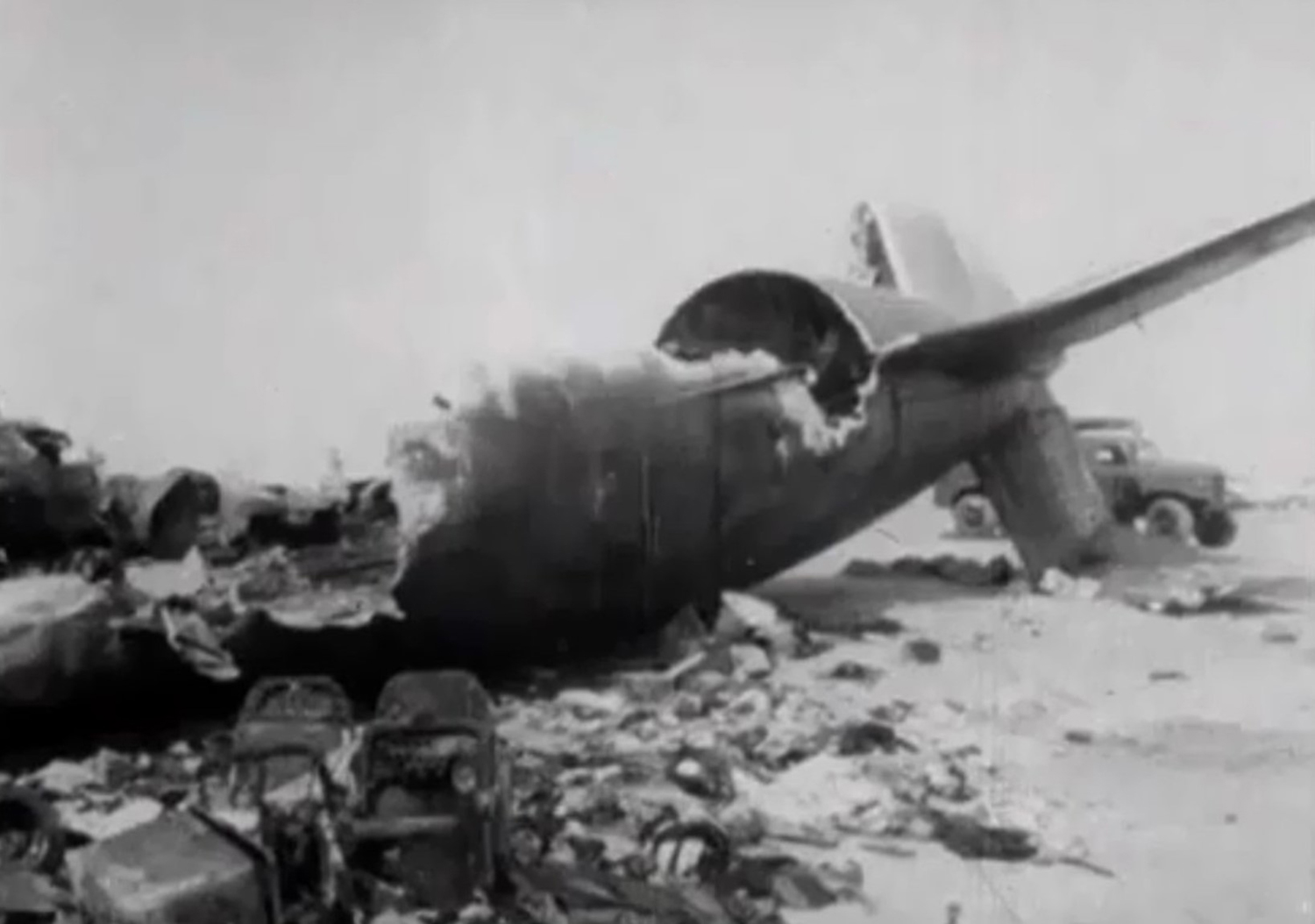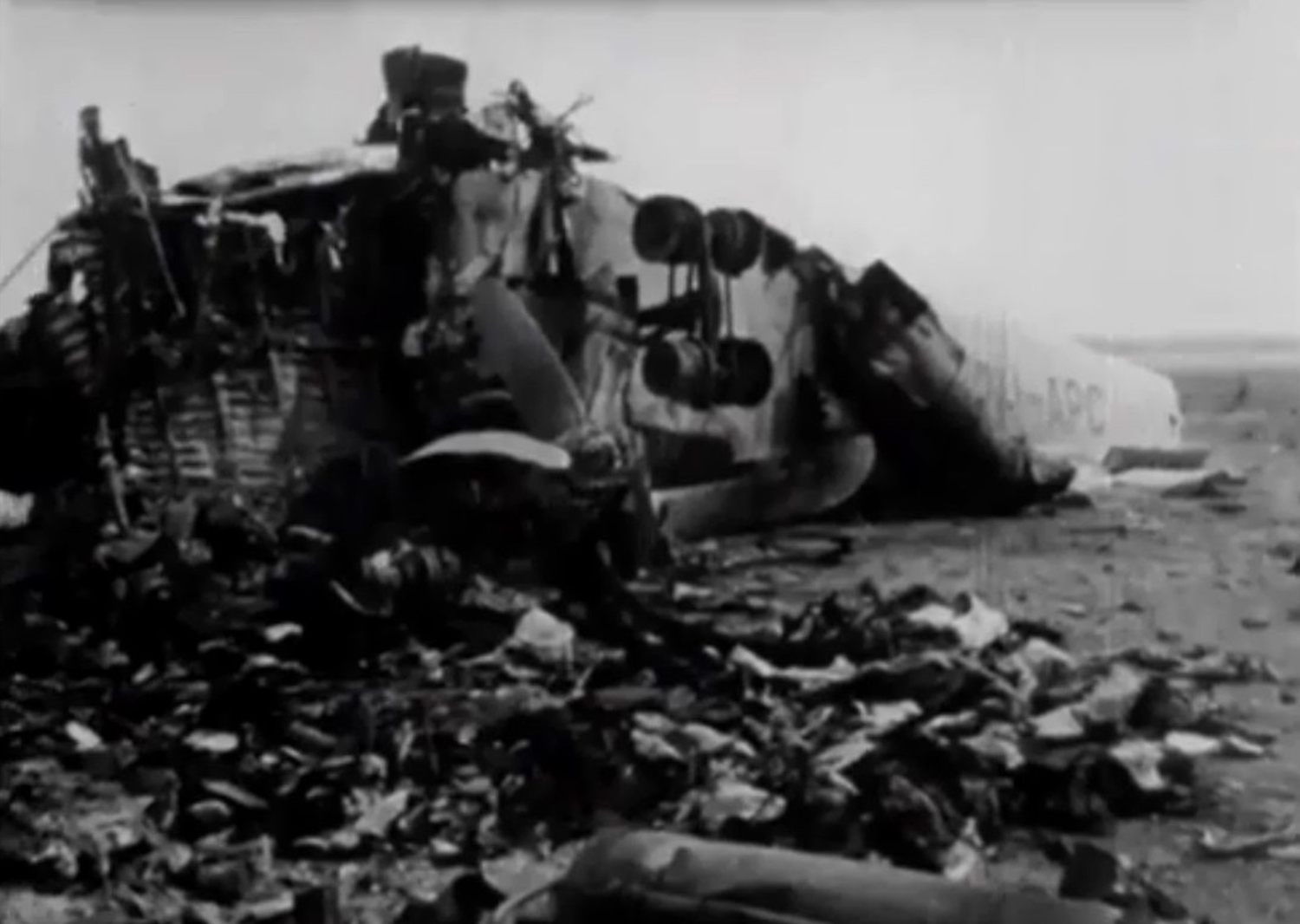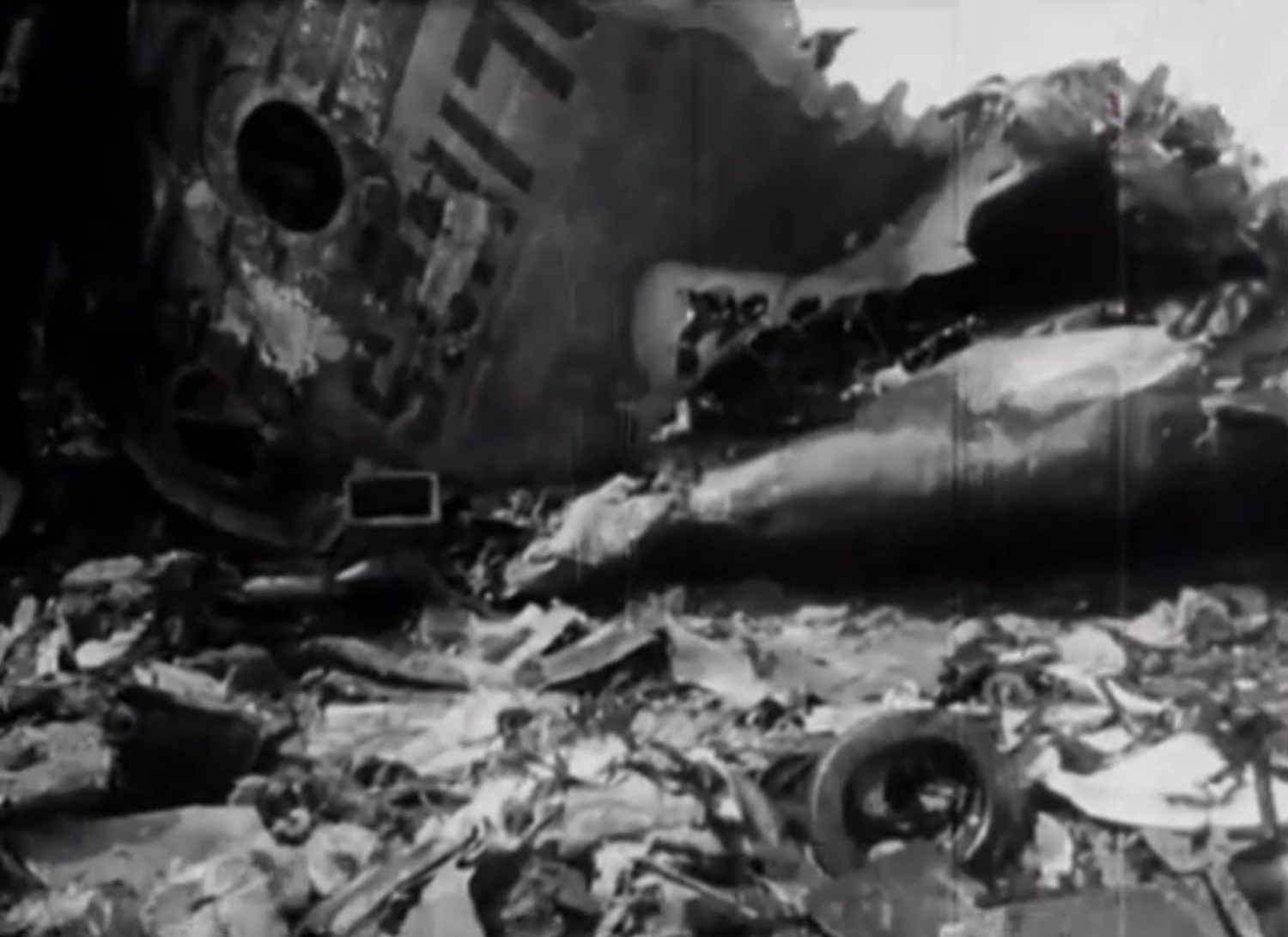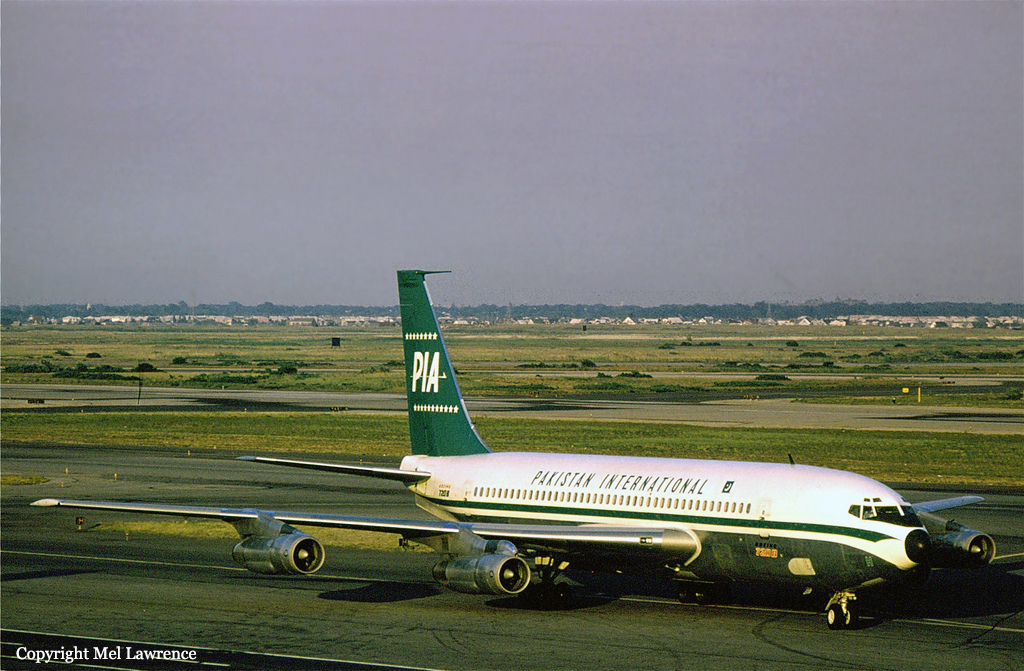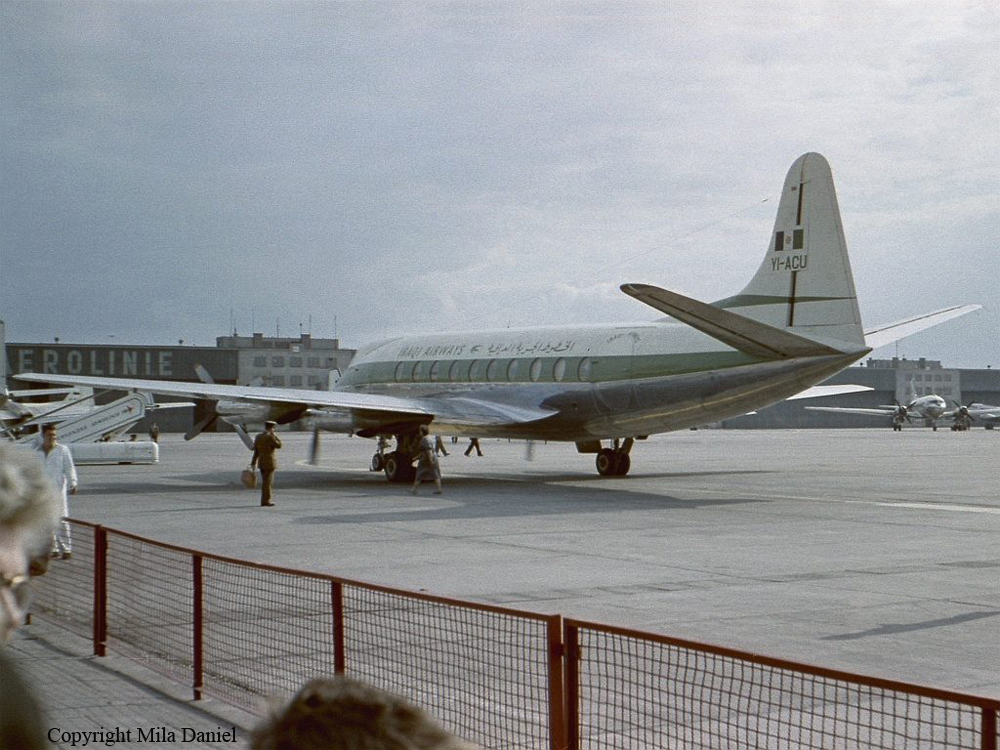Crash of an Ilyushin II-18D in Aswan: 100 killed
Date & Time:
Mar 20, 1969 at 0200 LT
Registration:
SU-APC
Survivors:
Yes
Schedule:
Jeddah - Aswan
MSN:
188 0113 01
YOM:
1968
Crew on board:
7
Crew fatalities:
Pax on board:
98
Pax fatalities:
Other fatalities:
Total fatalities:
100
Circumstances:
Following an uneventful charter flight from Jeddah, the crew started the descent to Aswan Airport by night but the visibility was poor due to a sandstorm. A first approach was abandoned and a go-around was completed. A second NBD approach was also abandoned few minutes later. During a third attempt do land, with a horizontal visibility of 2-3 km, the captain failed to realize his altitude was insufficient when the right wing struck the top of a hangar. Out of control, the airplane crashed in flames 1,120 meters short of runway threshold. Five passengers were injured while 100 other occupants were killed.
Probable cause:
The pilot descended below the minimum safe altitude without having the runway lights clearly in sight. A contributory factor was fatigue arising from continuous working hours without suitable rest periods and three night approaches.
